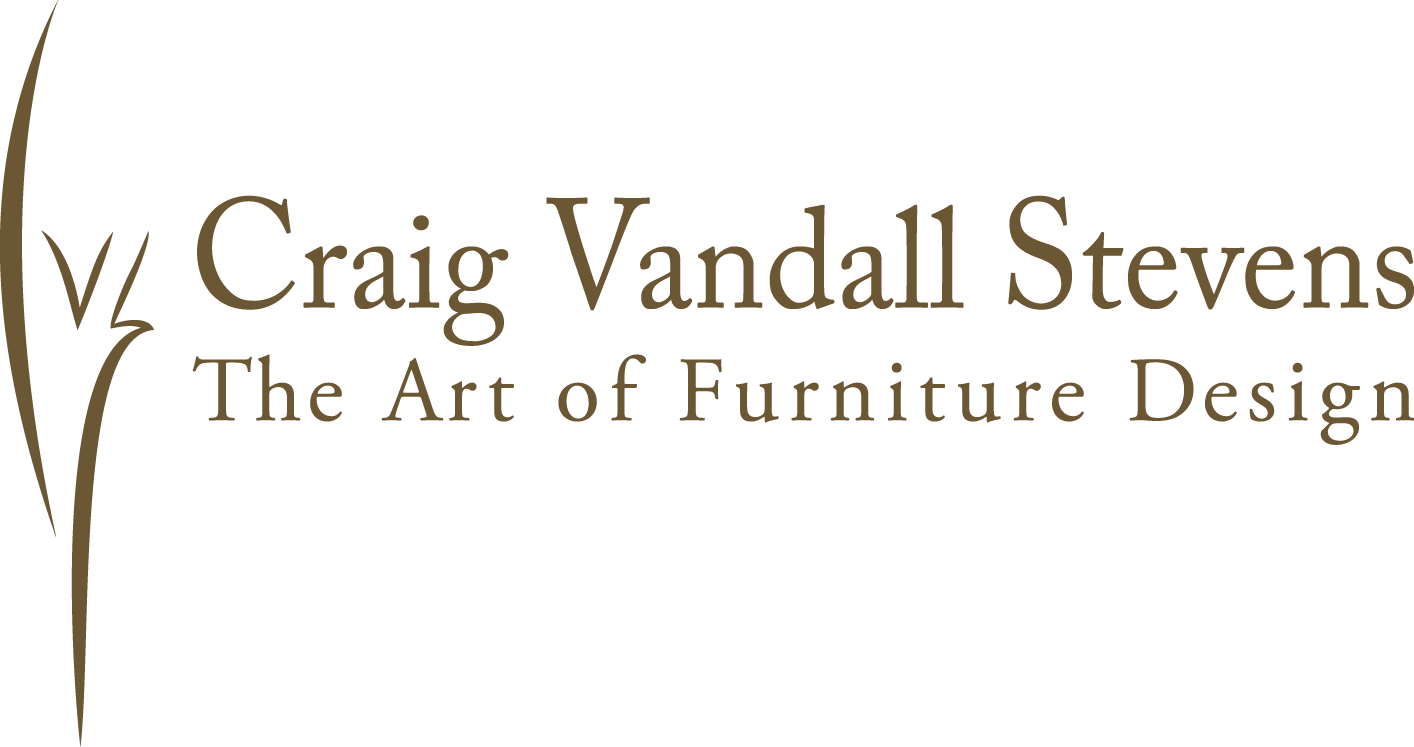Koa Screen
Koa (Hawaii) and black walnut, hand-made paper
58" x 40" x 12" 2006
The free standing screen is an interpretation of a traditional Japanese shoji screen. Shoji screens are often used to visually divide a room and provide a sense of privacy. The Koa Screen has panels made of koa and hand-made paper.
The grid-work within the panels, called Kumiko, creates a rhythmic, balanced pattern. The Kumiko is joined with very precise fitting half-lap joints. All Kumiko pieces are unglued, held together by tension alone. They are hand-cut one at a time with a Japanese joinery saw and fine Japanese chisels.
Double mortise and tenon, and exposed through-tenon joinery is used to join each of the walnut frame pieces. The screen is finished with shellac.

